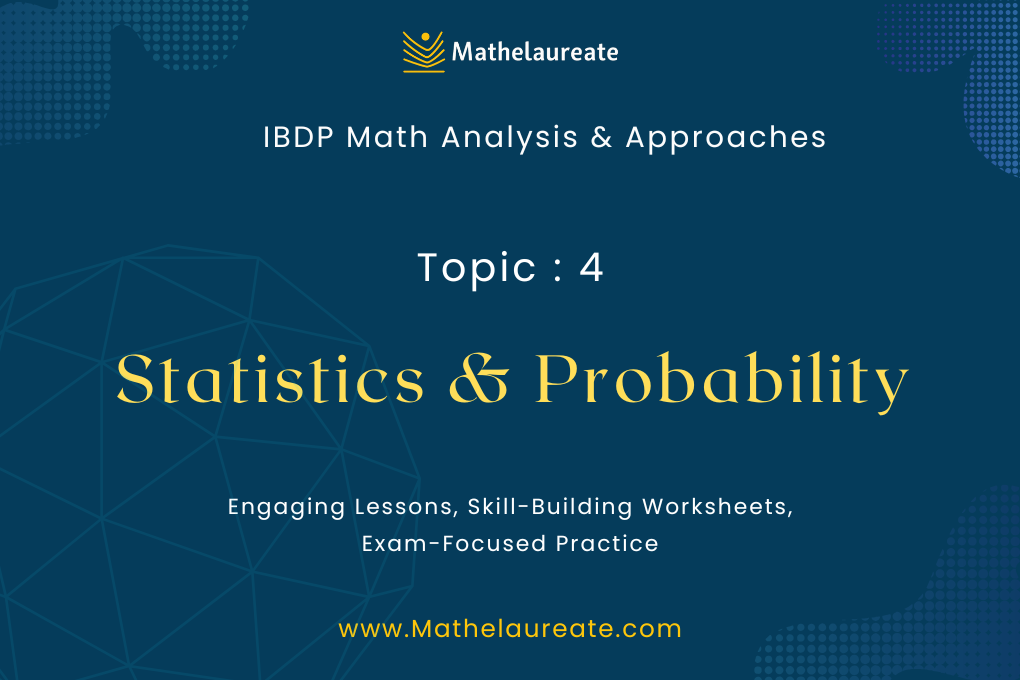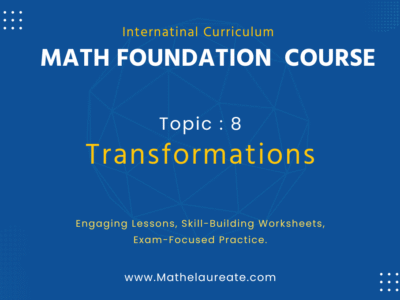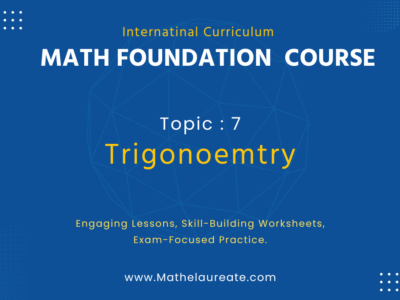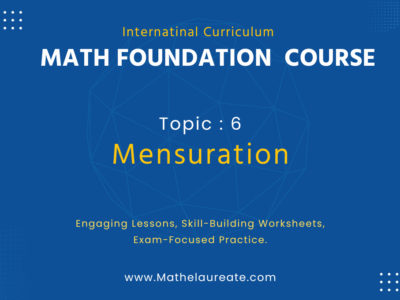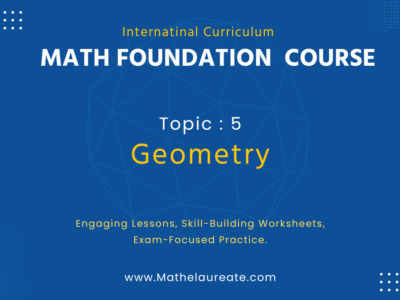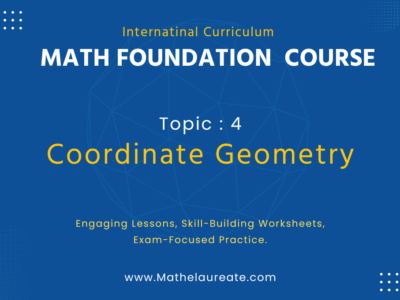IB Math AA HL
4. Statistics & Probability
Free
You May Like
Protected: 8. Transformations
There is no excerpt because this is a protected post.
Protected: 7. Trigonometry
There is no excerpt because this is a protected post.
Protected: 6. Mensuration
There is no excerpt because this is a protected post.
Protected: 5. Geometry
There is no excerpt because this is a protected post.

